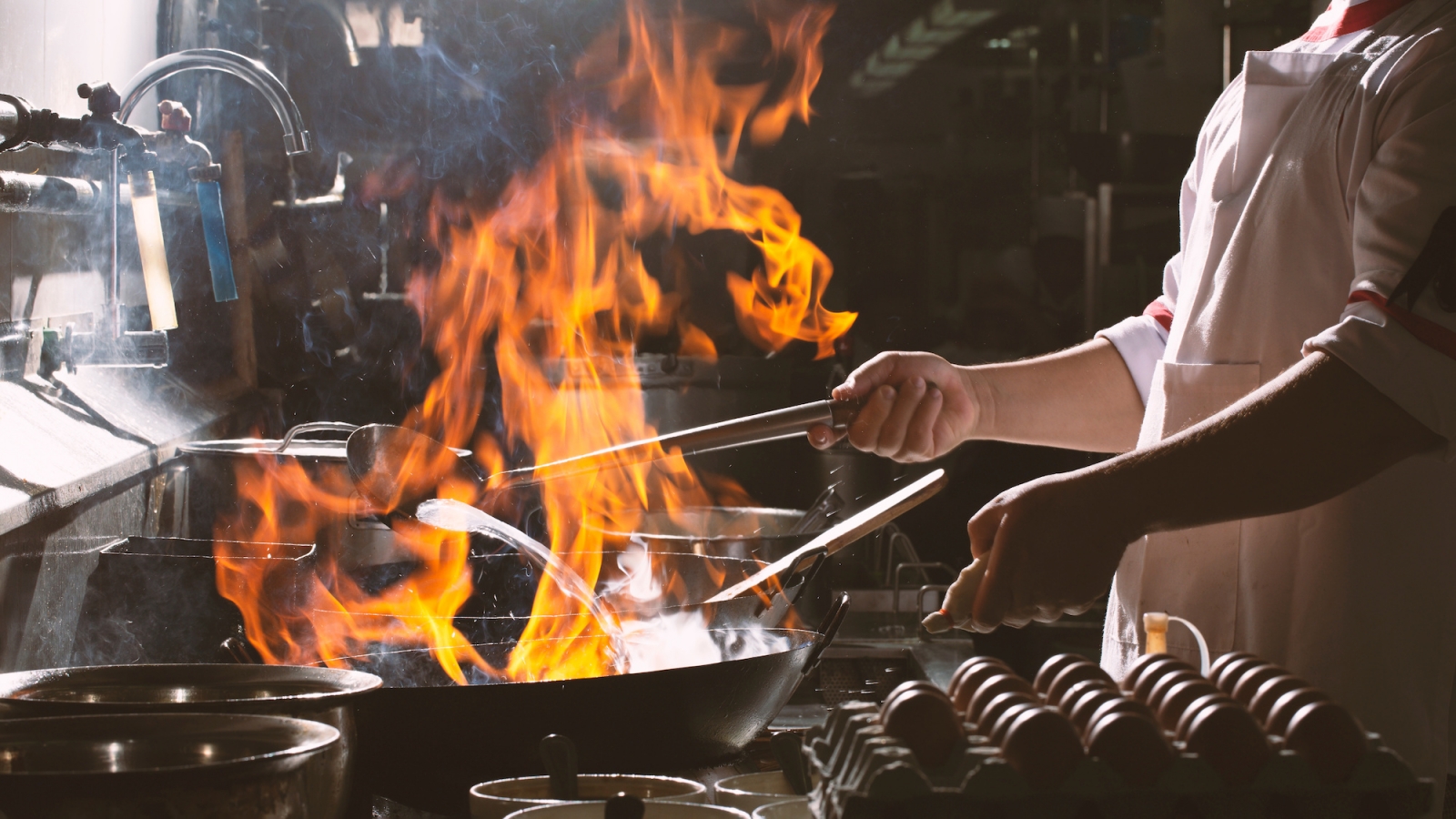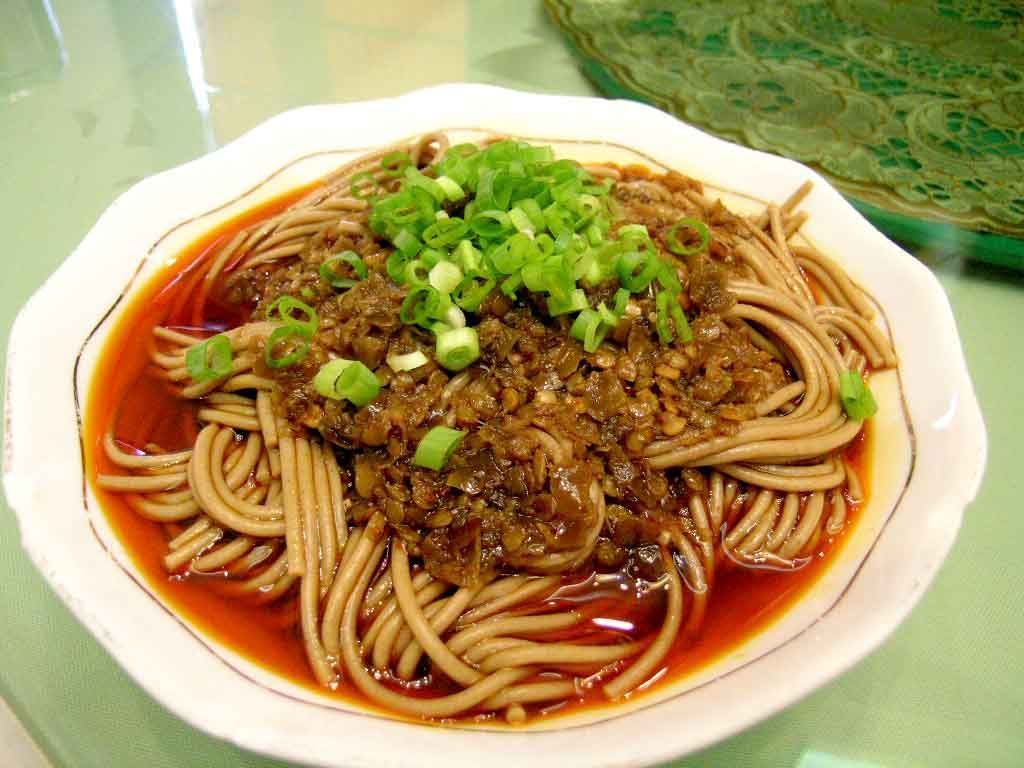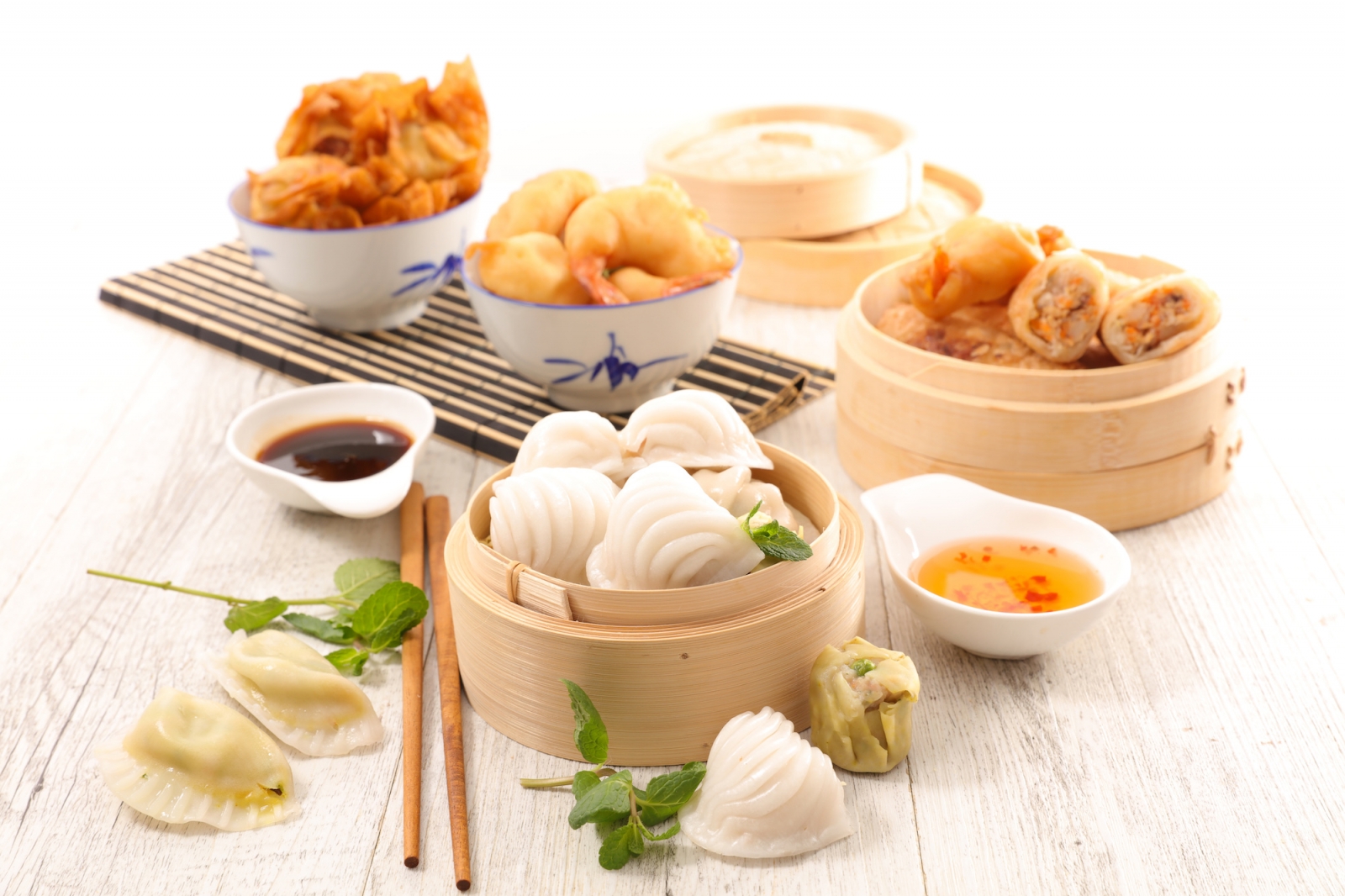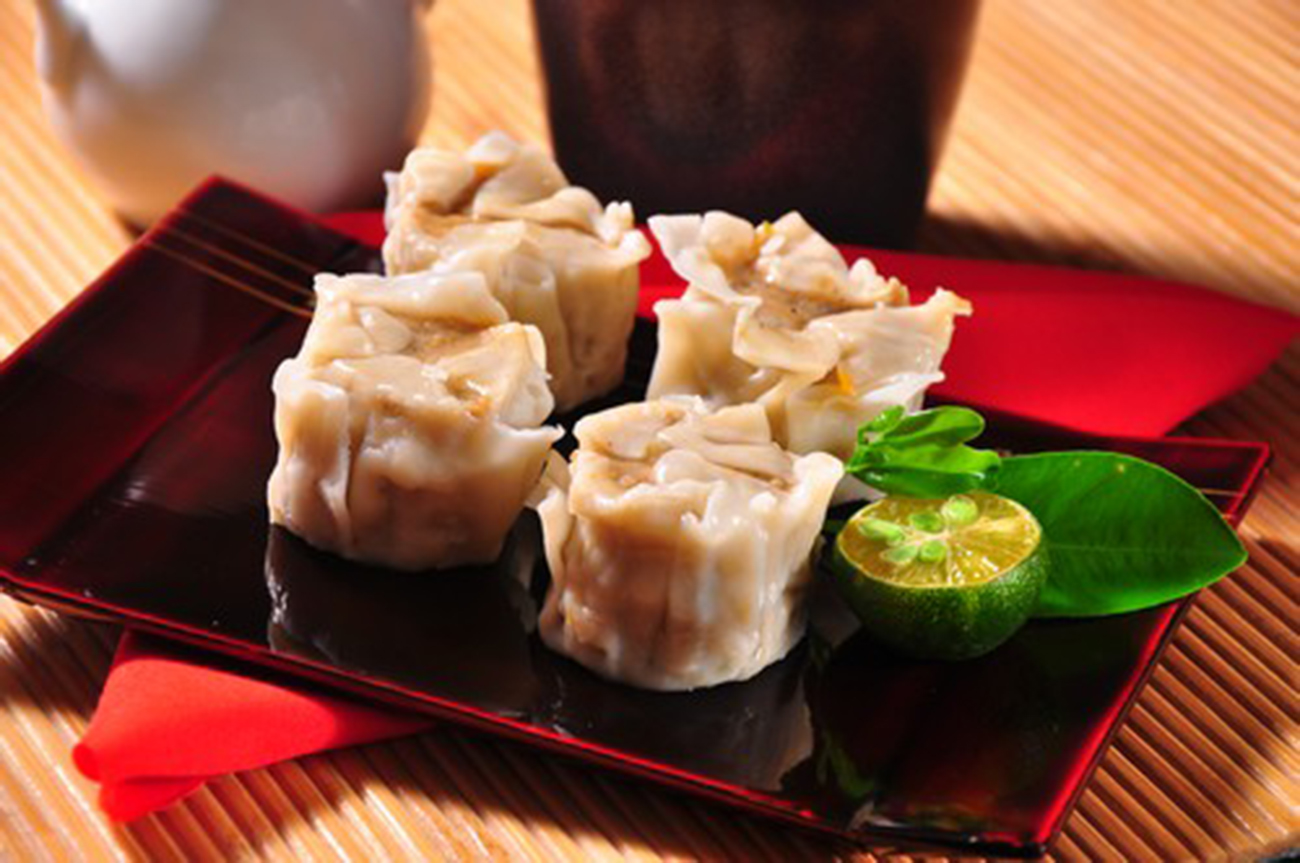China has a very long history of over 5000 years. Throughout the years, various dynasties have come and gone leaving them with practices and traditions as well as different cultures. Did you know that in China, food is considered as the most important thing? As a matter of fact, Chinese people greet each other with “have you eaten” instead of the usual “good evening” or “good morning”, depending on the time of the day. A guest, regardless of whether being expected or not, will never be allowed to leave a residence without partaking in some drink or food.

Who doesn’t love Chinese food? Are you greatly intrigued by how Chinese people can cook lots of attractive-looking foods and still able to maintain such amazing blends of taste and flavor? The Chinese dishes served by the locals come in huge plates that were meant to be shared, therefore food has some essential social aspects. Probably, you’ve already noticed that the food is being served in small pieces that don’t require cutting at tables and can already be picked up by chopsticks.

Gourmet Tours at the Epicurean Kingdom
Visitors, guests, or tourists leave the country without being hooked by Chinese cuisine, and quite a number of them consider Chinese dishes as one of the best in the world. Nowadays, there are lots of Chinese restaurants available around the world, however, to taste authentic Chinese cuisine, China is the best place to be.
Chinese cuisines were known to have six schools which include the following:
- Imperial Dishes – The imperial dishes originated from the imperial palace’s kitchen exclusive for the enjoyment of the emperors and empresses in the bygone days. The graceful names that provide wings to the imagination, the impeccable selections of the ingredients, and the state-of-the-art techniques in cooking that were designed in order to preserve the natural hue, taste, and aroma are the main hallmarks of the imperial dishes. One of the most popular imperial dishes of today is the Peking Duck.
- Mansion Kitchen Fare – the famous personages and high officials who greatly cared about what they will eat during the bygone days went out of their way in order to hire the most famous chefs with very handsome pay. With great culinary skills, these Chinese chefs become a school of their own within the walls of mansions of powerful and rich people, and eventually, their styles found their own to the public. The tank family and the Confucian Mansion are the representatives of Chinese mansion-style cuisine. The Confucian fare is dished out in the Confucian restaurant the Liulchang in Beijing, and the Tanfammily kitchen has opened its shop in the Beijing Hotel.

- Local Cuisine – The regional differences in climate, resources, and folklore have led to the rise of many different cooking schools in China. Canton, Yangzhou, Sichuan, and Shandong are considered the 4 major schools. Another kind of theory places the number at 8, with the addition of Zhejiang, Anhui, Fujian, and Hunan. The third theory includes Shanghai and Beijing so the country has 10 major schools for Chinese cooking. However, the Sinchualn, Cantonese, and Yangzhou cooking are generally considered the most influential of all Chinese school cuisines, and the others are simply considered as the branches.
- Ethnic Dishes – These kinds of Chinese dishes were first created by a minority of people and later spread to other places in China. These include the Inner Mangolia’s mutton hot pot and Xinjiang's whole roasted lamb as well as the shish kebab.
- The Monastic Dishes – Also known as the vegetarian dishes in China, the monastic dishes had their origins in Buddhist temples across the country. The cooking schools were understandably dominated by vegetables, and it’s flourishing because the increasing standard of living has led many people to become more and more health-conscious and stick to vegetarian dishes. Some of these dishes were prepared by resembling the shapes and flavors of the meat dishes. Aside from their special flavors, the monastic dishes help protect the health of people and are completely stomach-friendly. If you wish to try monastic dishes, you can have vegetarian dinners in the famous Chinese Buddhist temple found on Mt. Wutai.
- Therapeutic Dishes – Therapeutic dishes have a very long history in China. Since ancient times, the Chinese people have been incorporating their traditional medicinal resources into their dishes. These medicines may taste sour, bitter, salty, pungent, or sweet. But if they’re properly handled, the resulting dishes can promise you an unforgettable gormandizing experience, especially for those who desire to benefit from the therapeutical effects of what they’re eating.

Once you have already tried the above-mentioned dishes, it is already safe to say that you’ve already obtained almost a complete idea of Chinese cuisine.
Read our previous article Beautiful unknown places in Kenya
Read our next article Guide to African safari transportation










